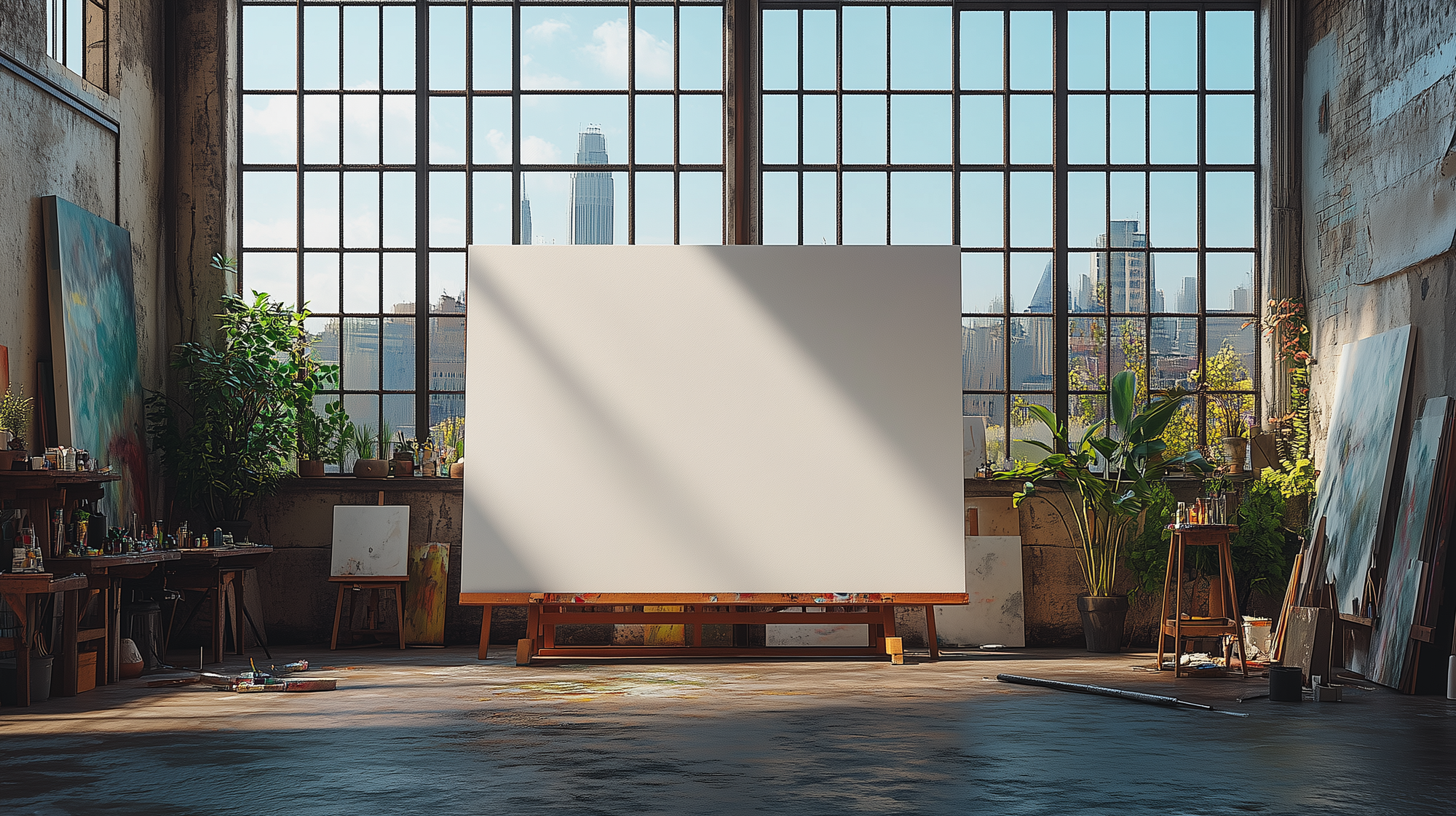How AI tools are stretching the creative canvas

When I was in my final year of high school, I took art class as one of my electives. Students in the class had to complete several traditional paintings during the school year, using acrylic paint on canvas. These paintings would eventually be displayed in a final year-end art exhibit. The painting was fun, but what I remember more profoundly was learning how to stretch my own canvas. It was physically much harder than I expected, but it was also empowering to create a frame of my own dimensions and build the surface upon which my painting would come to life. Little did I know then how the concept of a canvas would evolve in the digital age.
Recently, several notable AI tools have released features built around the concept of a canvas. In fine arts, the canvas is a surface where paint is applied, often stretched across a frame to create a smooth, taut workspace. Metaphorically, a blank canvas represents a fresh start. In both cases, the canvas symbolizes a space for creativity, whether it’s a work in progress or one yet to begin. It's where ideas are composed and made real. Now AI tools are adopting this centuries-old concept in similar but novel ways.
OpenAI, the maker of ChatGPT, was the first to embrace this terminology with the "canvas" feature they launched in early October. The name is somewhat counterintuitive, given that it's essentially a text-editing interface that can only be launched after you've provided an initial prompt and some text has been generated. In other words, you'll never see a blank canvas in ChatGPT. Nevertheless, once it opens the canvas interface, you can edit the text yourself, like you would in any basic text editor, or select text and prompt ChatGPT to modify it for you with contextually-relevant tools. It's a powerful feature, especially for working on documentation, reports, or code. But calling it "canvas" is a bit of a stretch. They really should have called it "editor" because that's essentially what it is.
While ChatGPT's canvas concept focuses on text, Ideogram takes a more visual approach. Ideogram’s Canvas also launched in October and is currently still in beta. Unlike ChatGPT, Ideogram Canvas initially gives you a blank space to work with. In essence, it allows you to generate and upload images within a vast 2D space where you can arrange, manipulate, and edit them using Ideogram's generative AI models. In addition to an image generator, you get tools for inpainting (modifying areas of an image within the original borders), outpainting (extending an image beyond the original borders), and even the ability to combine multiple images into one. Pretty awesome stuff.
Regardless of the medium, for both of these apps the canvas concept is essentially tied to giving users the ability to edit the AI's output. By using this terminology, these companies acknowledge that experienced users of AI tools are no longer content to accept whatever the algorithms generate. Like any other kind of artist, regardless of how much creative freedom we hand over to these AI tools, we still want control over the final output.
This is an important breakthrough in AI software design. Until recently, most generative AI tools only allowed users to refine the results by repeatedly prompting—hoping that the next iteration would come close to achieving the desired results. Ultimately, we would have to accept something close enough, export the output, and edit it in another program. Now, finally, we can ideate and iterate, edit and manipulate, all within the same tool. The reason why this is so significant is because those other tools have until now been necessary to perform the final edits. But they are quickly becoming less relevant. Eventually, they may not be needed at all.
Over the past year or so, traditional text and image editing programs like Word and Photoshop have been rushing to add new AI features. But native AI programs are in a stronger position as they begin to add editing capabilities, allowing users to get more done in the same interface where they start the creative process. At some point there will be no reason to bounce between programs. The end goal for AI software makers is to create ultimate stickiness, and therefore ensure customer retention, by offering an end-to-end solution that empowers users to do everything in one place. Adobe knows this, Microsoft knows this, and investors in AI startups know this too.
Just as I once learned to stretch my own canvas to create the perfect surface for my art, these AI tools are stretching the very definition of what a canvas can be. They're creating new spaces where human creativity and artificial intelligence can collaborate seamlessly. The future of creative tools isn’t just about adding AI features—it’s about reimagining the entire canvas on which we create.
Cover image made with Midjourney. Editing assistance provided by Claude 3.5 Sonnet and ChatGPT-4o with canvas.
